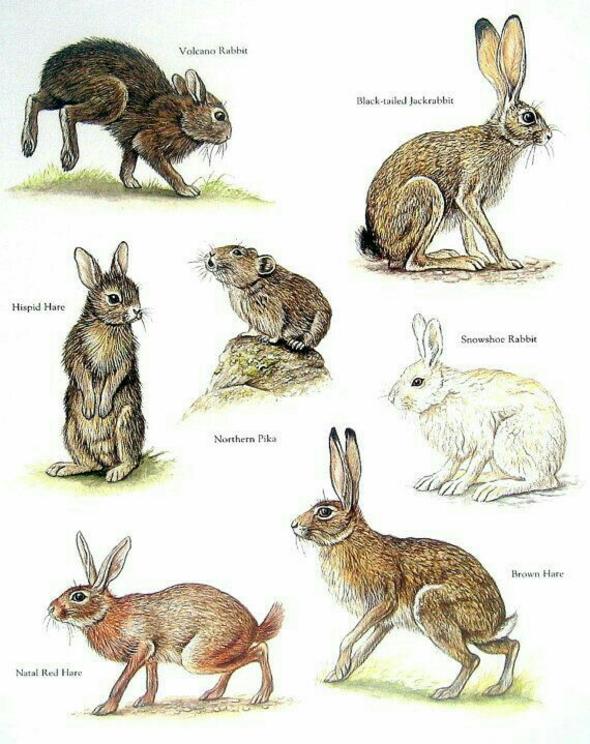Small mammal thought to be extinct rediscovered in Nepal's national park
The hispid hare (Caprolagus hispidus) is in the list of critically endangered small mammals. It was thought to be extinct from Chitwan National Park as it had not been spotted again after its first spotting in 1984.
Now, there is good news for nature lovers and conservationists. A baby hispid hare was caught on camera by a conservationist in Chitwan National Park, 150 kilometres southwest of Nepalese capital Kathmandu.
"The fact that the hispid hare was a baby indicates that there are also parents and both male and female," says Bed Khadka, who is a conservation officer at Chitwan National Park.
Khadka has published an article in the journal Conservation Science (CS) detailing his rediscovery of the small rabbit-like species.
"It's a small mammal species smaller than the regular rabbit and larger than a rat," Khadka says. "We had taken it to be extinct from the national park as it had not been spotted after 1984."

The species inhabits the lowlands of Ganges floodplain. Rare sightings have been reported in India and Nepal, but mostly it is not seen. The recent sighting has shown that it has a resurrection possibility and can be conserved.
The present government and international efforts on animal conservation are focussed on large mammals like the tiger and rhino with the idea that conservation of large mammals will in turn conserve the ecosystem as a whole and so conserve the small animals too.
"Now I see a need of some programmes to protect some of these small animals too," says Khadka.
Khadka has been studying a bird called the Bengal Florican for several years and the hispid hare was spotted while studying the Bengal Florican.
The population of the hispid hare is rapidly declining due to anthropogenic pressure and grassland fire. In protected areas in Nepal, grassland burning is used as a management tool by park authorities to create new grass shoots for grazing animals.
“Until now, we cannot predict downstream effects of current grassland management, although continuous grassland burning in protected areas might become a possible threat to rare hispid hares,” says Khadka.
“Therefore, further study about their presence-absence, population status needs to be done throughout the grassland of the low land of Nepal including the newly rediscovered park”, he adds.
Disclaimer: Research published in journals hosted on the NepJOL platform is selected by the journals in accordance with their own editorial processes and criteria. INASP and Tribhuvan University Central Library provide hosting and guidance on good practices but are not involved in selection of research.
Story Source:
Materials provided by INASP. Note: Content may be edited for style and length.
Journal Reference:
- Bed Bahadur Khadka, Bhupendra Prasad Yadav, Nurendra Aryal, Achyut Aryal. Rediscovery of the hispid hare (Caprolagus hispidus) in Chitwan National Park, Nepal after three decades. Conservation Science, 2017; 5 (1): 10 DOI: 10.3126/cs.v5i1.18560
For full references please use source link below.

